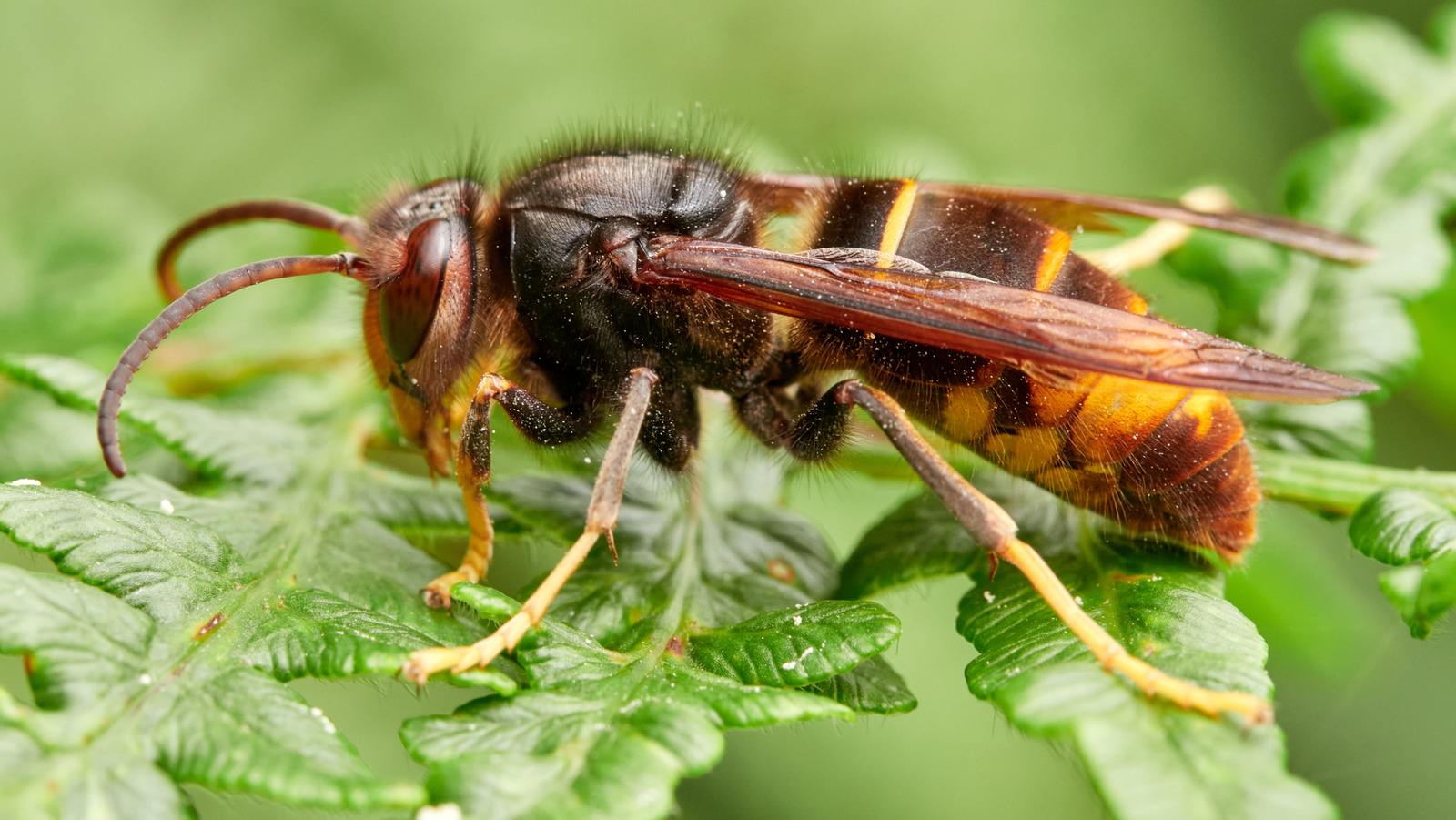
Asian hornets have cultivated a fearsome reputation as voracious predators, and they are deemed particularly destructive for bees and other insect pollinators. Even though they are not generally harmful to humans, some experts classify them as an apex predator of insects, and their nests are often destroyed as a last-ditch effort to save the local biodiversity. Habitat destruction and seasonal trapping are the most common methods to mitigate the risks posed by these hornets. However, tracking the nests of these hornets is a pretty labor-intensive task, and it can take a long time for experts to bait and track the nest. The U.K., in particular, is going through a worrisome phase where Asian hornet sightings have reached a record level.
To combat the risks, the National Bee Unit recently began experimenting with a rather novel solution: a micro-transmitter that is fitted on the bees to track their flight route and eventually find the nests. These tiny tracking devices, which feature short antennas, weigh less than 160 milligrams, a deliberate design choice to ensure that the hornets can comfortably fly with these micro-transmitters strapped to their bodies. The best part about these miniature tracking devices is that they can be easily modified and reused.
So far, it seems the field tests have proven successful, and in their wake, the U.K.’s Animal and Plant Health Agency (APHA) is ready to deploy four sets of the micro-transmitters for finding Asian hornet nests. According to APHA, it takes roughly five seconds to attach these trackers to a captive Asian hornet. Wildlife experts have, in the past, deployed similar transmitters to save rhinos from poaching.
In the U.K., the tech-savvy hornet mission begins with experts reaching the sites where these predators were first sighted. Next, the team sets up feeding baits, and when a hornet starts feeding, they are marked with a pen. If a marked hornet returns for feeding at the same spot, it is armed with the micro-transmitter fitted on the waist area and then released. As the hornet travels back to its nest, its location is triangulated using a trio of handheld directional receivers, drones, or a mobile app. The transmitter allows tracking within a range of 0.6 miles, as per the BBC.
The micro-transmitter project is being seen as a cost-effective solution to a rising problem. Additionally, the battery pack powering them is also rechargeable, which further raises the appeal. Interestingly, a crowd-sourced app called Asian Hornet Watch has proven vital in the mission after logging roughly 30,000 reports last year. Similar apps have also been deployed in India for reporting snake sightings and helping victims of snake bites.
“Signal strength is displayed via LED indicators and audio pitch, guiding inspectors directly to the nest,” the team explains. APHA also offers a detailed public guide on identifying and monitoring the yellow-legged hornets and also encourages citizens to report the sightings via an online form, or through the Asian Hornet Watch app, which is available for iOS and Android platforms. The micro-transmitter approach is the latest in a series of proposals to rein in the menace of Asian hornets. Interestingly, the CIA once explored a wild idea called Project Acoustic Kitty, which involved equipping cats with transmitters for espionage.



